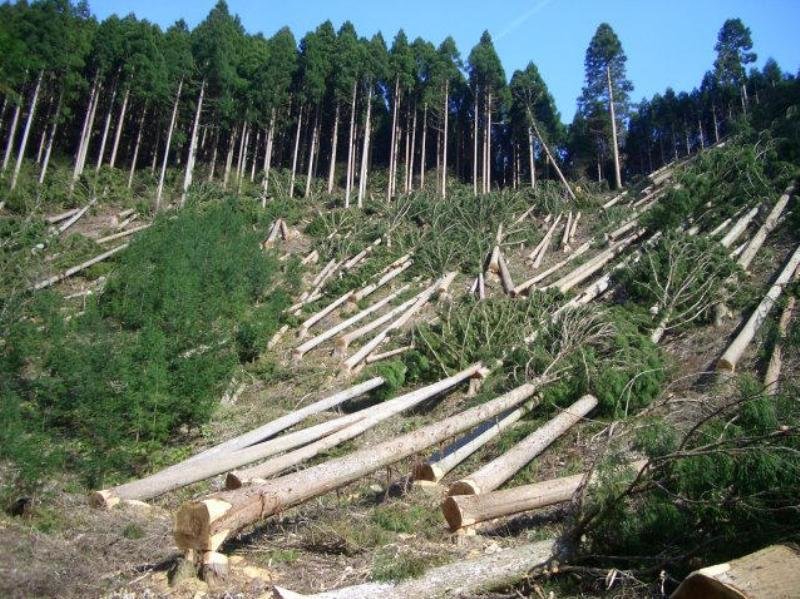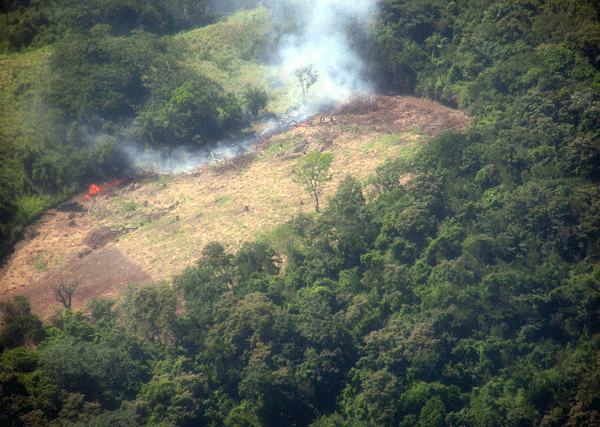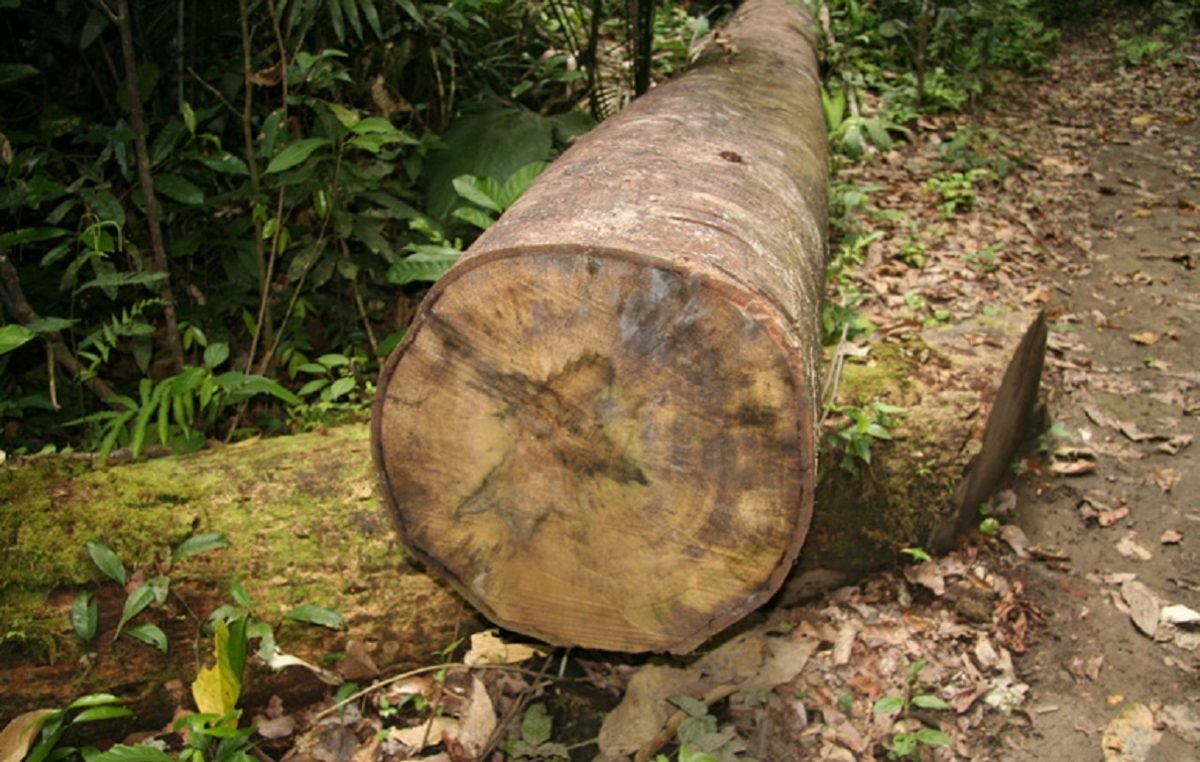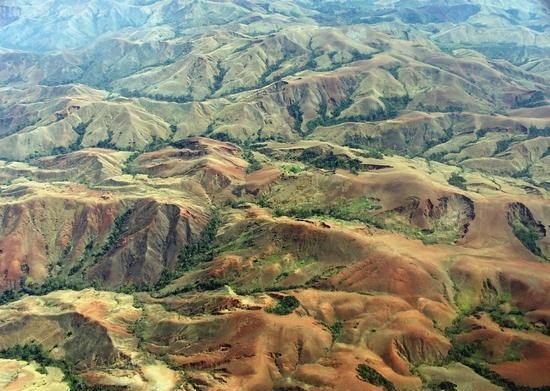Introduction
Deforestation is the cutting down of trees by human beings and animals either for use or for other reasons. Tropical rainforests are the dense vegetation areas on the earths ground and they stretch from the equator. Most of these forests are found five degrees north and five degrees south of the equator.
The tropical rainforests cover 13% of the earth’s surface and they accounted for 50% of the forests in the world. Researchers have found out that 33% of birds, amphibians and mammals on earth live in the tropical rainforests. In the recent past, these tropical rainforests have been disappearing rapidly due to deforestation.
The rate at which these tropical rainforests are being destroyed is alarming and effective ways have to be enacted to control this in order to save the current generation and future generations. Control of deforestation will also save animals in the forests and give them places to inhabit.
In order to curb this issue perfectly, the causes of deforestation should be highlighted and then each of them solved in the best way possible. As many people clear the forests to settle, governments in the affected countries ought to find better ways of settling their people (Jepma 29).
Discussion
This study aims at analyzing the causes of deforestation in tropical rainforest, the impacts of the same and the methods of controlling deforestation. The process of cutting trees begins with human beings and animals, brings about the effects that are observed, and thus is the reason a solution ought to be got, as this is a very serious issue in the entire world (Place 16).
Causes of deforestation in tropical rainforests
Causes of deforestation in tropical rainforests are categorized into two types. These are the immediate causes and the underlying causes. The first immediate cause of deforestation in these forests is logging. Companies associated with logging cut down mature trees to use as timber and as logs for other uses such as electric posts.
This cutting down of mature trees confuses many since the loggers argue that seedlings would grow naturally and the forests will regain their initial status in due time. This however is not real because of logging practices and the nature of the forests. As the logs are being transported, roads are created and they lead to further deforestation. In addition, the soil through which the machines pass is compacted and some hard layers form in the soil affecting the regeneration of the forests (Ghazoul and Sheil 86).
This cause of deforestation also opens chances for other ways of deforestation. The roads created as the logs are carried away up ways for people to enter the forests and do further destruction. The next immediate cause of deforestation in tropical rainforests is shifted cultivation, which is a method practiced in agriculture.
This comes as landless peasants follow roads created in the forests to explore the forests and find suitable areas where they clear to get land for settlement and cultivation. Landless peasants in most countries come out because of poor and unfair distribution of agricultural land.
In some countries such as Brazil, this is allowed and people have come up with slogans like “Land without men for men without land” (Corlett and Primack 92).

Agriculture is another immediate cause of deforestation. People have opted to clear the forests in order to get land for growing cash crops and for ranching. It is however funny that most of these cash crops are exported to other countries, many people do not get time for growing food crops, and therefore end up in hungry.
Most of the pastoralist communities find way through the roads and lead their cattle in the forests. The people later clear the forest, since they need land for settlement. Another immediate cause of deforestation in these areas is need of fuel wood. Most of the people who use wood as fuel obtain it from tropical rainforests.
This is mostly in developing countries where many rely on traditional forms of energy. Large dams are another immediate cause of the disaster. In many countries, the forests are cleared as the hydroelectric power dams are being constructed. This also has many effects on human beings as it causes disease outbreaks to those surrounding the scene (Place 37).
Dams also lead to displacement of people who end up clearing other tropical rainforest to get land for settlement. Another immediate cause of deforestation in tropical rainforests is mining and industry. This means direct loss of land, as projects are set to reach the minerals and to build up industries.
Mining and industries also create roads in the tropical rainforests leading to further attraction of human settlement. Tourism is the last immediate cause of deforestation. Initially, game parks served to conserve the forests in order to preserve the ecosystems in the rainforests. However, they have now opened access to the public since. Tourism is a way of generating income and thus it is being encouraged in many countries.
As tourists move in the forests viewing attractive cites, they disturb the habitats of wild animals. In addition, the construction of roads within the park is destructive since trees have to be cut down to pave way for road construction. A case of this is seen in Australia where more forests are been destroyed due to growing tourism (Jepma 123).

The first underlying cause of deforestation in tropical rainforests is development and overconsumption. As viewed, development is the growth of industries in a country and opening up large markets for trade. As these industries are being set, forests are cleared to set up them. The immediate causes are also promoted by development as more crops are grown and the tourism sector expanded for higher marketing.
The second underlying cause is colonialism. Although colonialism took place many years ago, it has impacts that are still felt to date. As the colonies introduced agriculture and used the countries as sources of raw materials, more people were interested in this.
After colonization, more forests were cleared for crop cultivation as sources of raw materials for overseas corporations hence making colonialism a cause of deforestation. The debt burden is another underlying cause. Most of developing countries have huge debts they are expected to pay.
To get the money, more money-generating projects are set and this then causes destruction for agriculture since most economies in developing countries depend on agriculture as a primary source of growth. The last underlying cause of deforestation is poverty and overpopulation. The forests are cleared as the surplus population is settled and to help poor people get food (Place 49).

Effects of deforestation of tropical rainforests
Since most of the nutrients in the forests are found in the vegetation, cutting down of this vegetation will leave the soils poor and very thin. This will automatically lead to soil erosion in which minerals in the soil are carried away. The soil is also compacted as people and machinery enter the forests and this makes the forests to be unable to recover.
In most of these cleared forests, there are indigenous plants that are very important for various scientific and medicinal values that end up being cut. Moreover, the indigenous trees are hard to find and take long periods to grow to maturity. Therefore, deforestation leads to loss and vanishing of various rare species of trees that cannot be grown to maturity fast (Jepma 78).
People who depend on hunting and gathering to get their living are affected by deforestation since their source of livelihood is destroyed. In some areas, deforestation has acted as a cause of conflicts between different parties. For instance, it has led to conflicts between the public and the government especially where the rare resources such as land and the natural environment are in contention.
As these conflicts are being resolved, many may end up losing pressures resources and even life in the process. Many wild animals in the forests are at the risk as they are exposed to human and living threats as the forests are cleared. This has even led to extinction of some animal species.
In spite of all this, deforestation of the tropical rainforests has enabled the settlement of the landless peasants. It has also led to generation of wealth for instance through tourism and mining. This has also provided jobs for people as some are employed in the projects set up after the clearance of the forests (Corlett and Primack 40).

Methods of controlling deforestation of tropical rainforests
In controlling deforestation of tropical rainforests, the causes of the same are the ones that are resolved. The first method in resolving this issue is by the governments opposing it then imposing laws against deforestation. This method can serve better as it will reach many people. Campaigns against the crime should be promoted.
People should be taught the effects of deforestation and its prevention. This has already started working as some organizations like the United Nations Environment Program (UNEP) have began campaigning and educating people on the epidemic. Farmers are supposed to practice better methods of farming such as contour farming and not to engage in shifting cultivation.
The governments in affected countries are supposed to ensure that land is equally shared and that every person has a good share. The public is also supposed to be educated on family planning to control overpopulation. This is effective in Germany and it has fully controlled overpopulation. Lastly, better and clean sources of power should be used to stop use of wood fuel (Ooi 46).
Conclusion
Deforestation of tropical rainforests has become one key issue that is affecting the whole world. The causes of deforestation are grouped into immediate causes and underlying causes. The immediate causes are logging, shifting cultivation, agriculture, fuel wood, large dams, mining, industry, and tourism. The underlying causes are development and overconsumption, colonialism, debt burden and poverty and overpopulation.
These have great impacts to the soil, wild animals, human beings and the environment. Deforestation in tropical rainforests is ought to be controlled to save future generations. The governments in the affected countries should lead in the anti-deforestation campaigns and the public will have no obligation to follow suit.
Works Cited
Corlett, Richard and Primack, Richard. Tropical Rain Forests: An Ecological and Biogeographical Comparison. New Jersey: John Wiley and Sons, 2011.
Ghazoul, Jaboury and Sheil, Douglas. Tropical Rain Forest Ecology, Diversity, and Conservation. London: Oxford University Press, 2010.
Jepma, Chris. Tropical deforestation: a socio-economic approach. London: Earthscan, 1995.
Ooi, Jin-Bee. Tropical deforestation: the tyranny of time. London: NUS Press, 1993.
Place, Susan. Tropical rainforests: Latin American nature and society in transition. Maryland: Rowman & Littlefield, 2001.